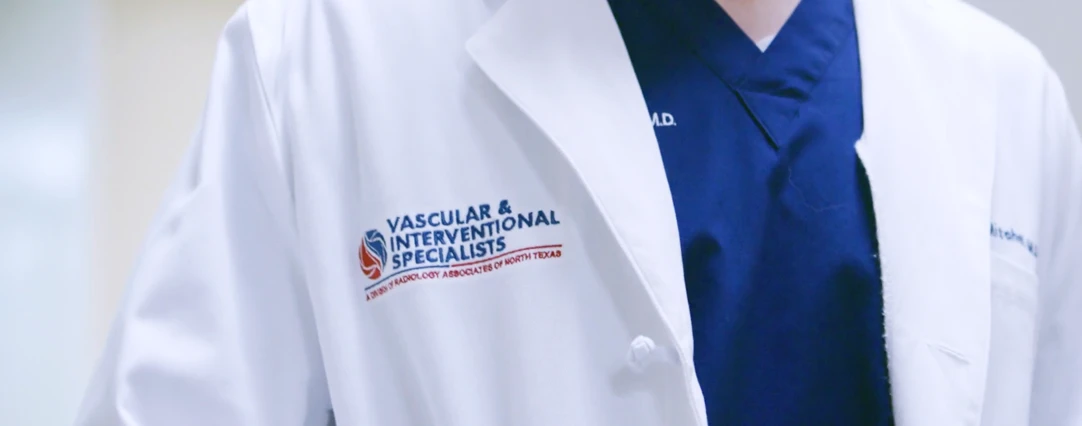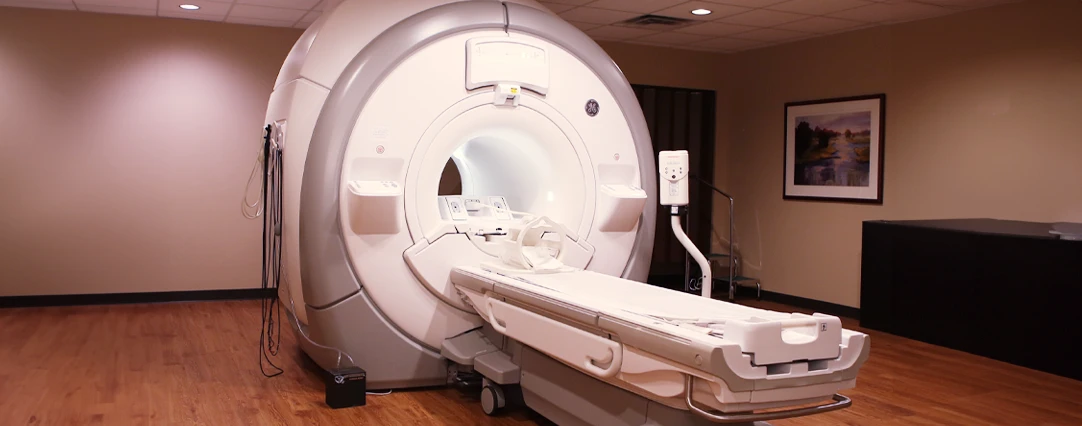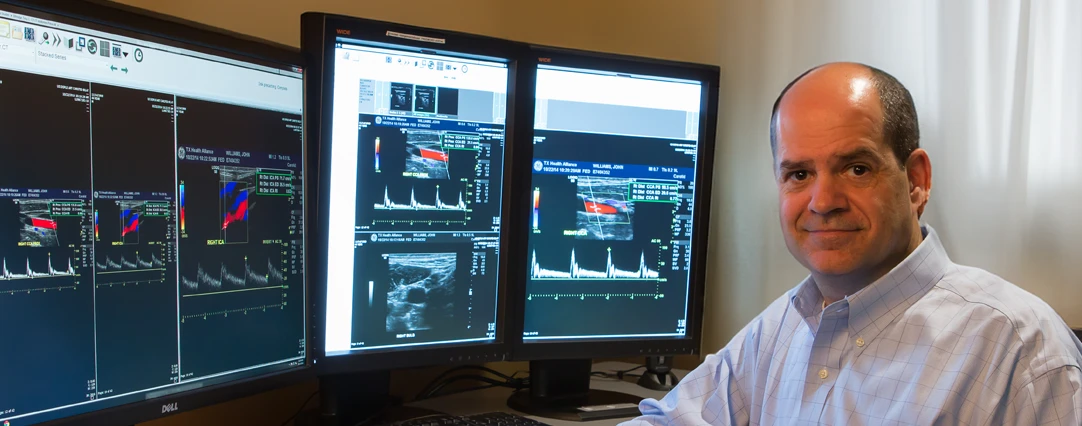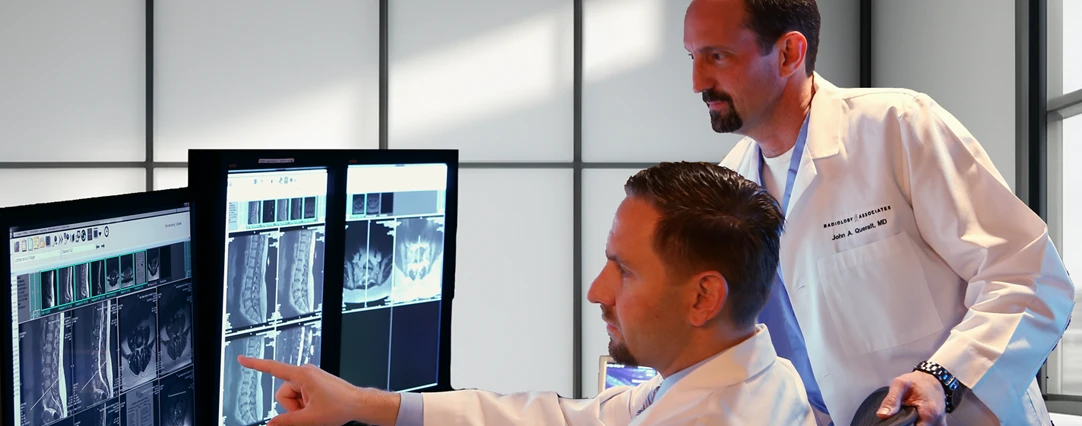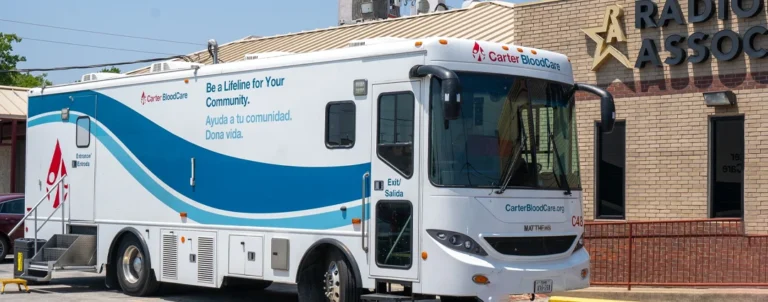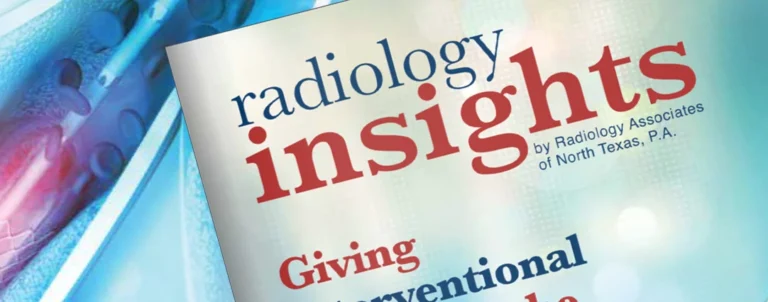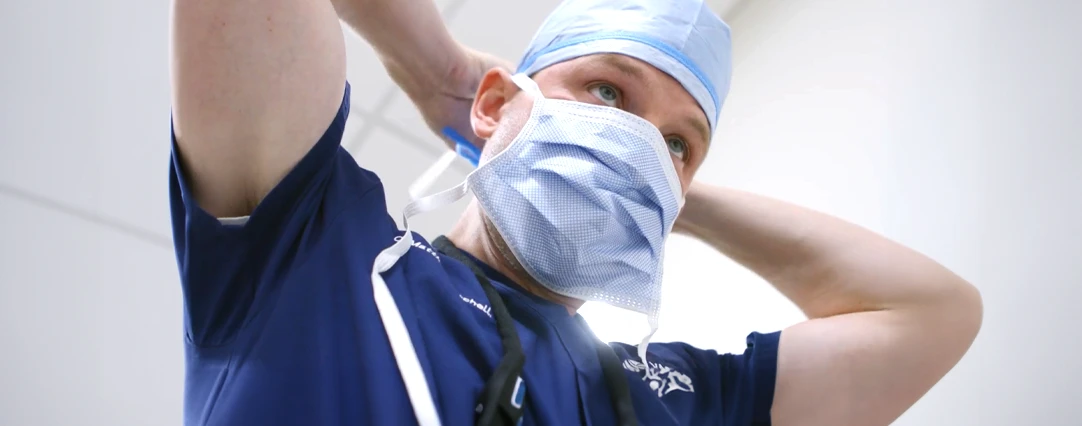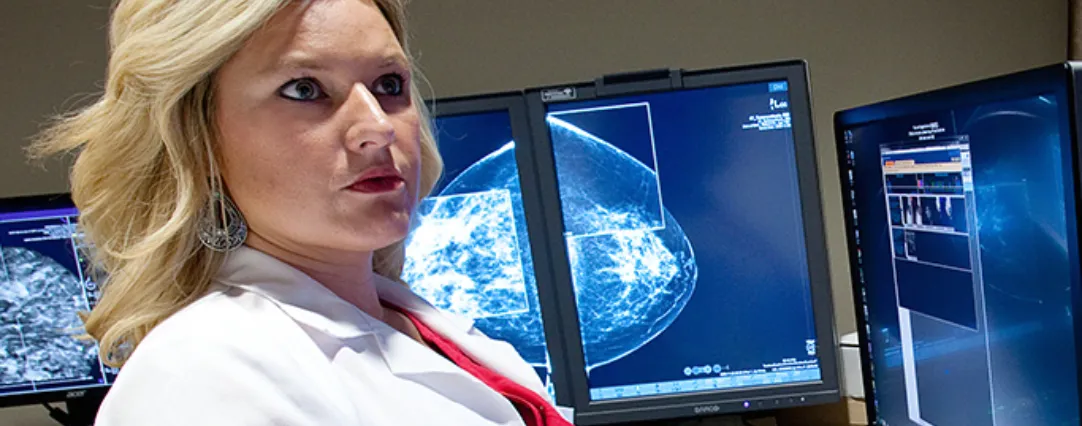Carmen McKever found out she had uterine fibroids during a visit to her gynecologist to remove an  ovarian cyst “I didn’t think anything of it at the time,” she said.
ovarian cyst “I didn’t think anything of it at the time,” she said.
But in a few years she began to develop serious symptoms, including heavy, long and painful periods. One menstrual cycle even lasted an entire month.
Carmen is a registered nurse, and the effect of her fibroids made her work unbearable. “At my facility, our uniform is white scrubs. As you can imagine, every month was like a nightmare!”
During her period, Carmen kept what she called an “arsenal” of feminine products with her to avoid accidents. On a typical day of menstruation, she wore a super absorbency tampon, two ultra absorbency maxi-pads, a Depend® adult diaper and Spanx® to hold it all together. “I also had all that stuff in my bag just in case I had to change, which was about every hour.”
About 40 percent of women develop uterine fibroids by age 35. African American women are three times more likely to have fibroids, and they tend to show up earlier than in women of other ethnicities.
“Unfortunately, Carmen’s story is typical of women suffering from uterine fibroids,” explained Dr. Islam Shahin, an interventional radiologist with Radiology Associates of North Texas. “Many women at this stage are advised to get a total hysterectomy or a myomectomy.”
A total hysterectomy is the surgical removal of the uterus and cervix; a myomectomy is the surgical removal of uterine fibroids only. But there is another option.

Carmen heard about uterine fibroid embolization (UFE) from a friend of hers who also suffered from fibroids. She attended a free hospital seminar on UFEs before deciding to pursue the procedure.
“UFE is ideal for patients such as Carmen,” said Dr. Shahin. “It is highly effective, minimally invasive and performed on an
outpatient basis, so there is very little recovery time needed. Most patients return home within 24 hours.”
During the UFE procedure, a specially trained physician (interventional radiologist) makes a small incision in the skin and inserts a catheter into the femoral artery, which extends from near the abdomen and down each leg. Using imaging guidance, the catheter is guided into the blood vessels feeding the fibroid(s) in the uterus. Tiny particles called microspheres are injected into the blood vessel, and this blocks the flow of blood into the uterine fibroid, causing it to shrink. As the fibroid shrinks, the symptoms disappear. Women who undergo UFE have a high level of satisfaction and report a significant improvement in quality of life, even over the long term.1,2
“With UFE, a women can treat the fibroids and still keep her uterus,” noted Shahin. “The uterus isn’t just for child-bearing, it produces hormones. With total hysterectomy, there’s no going back.”
UFE is covered by most insurances and is recommended by the American College of Obstetrics and Gynecology as a non-surgical alternative to hysterectomy.
“I’m a business owner, so it was important that I get back on my feet as soon as possible,” recalls 46 year-old Sharon. “I had my [UFE] procedure on a Thursday, and I was sending out emails the following Monday.”
Before deciding on UFE, Sharon’s gynecologist had suggested medication, and if that didn’t work, a myomectomy. The medication didn’t work, and she decided against the myomectomy because of a family member who had one, only to have her fibroids return.
“There is a high likelihood of fibroids returning after myomectomy,” Dr. Shahin noted. “Since UFE cuts off the blood supply to all fibroids, the results are longer lasting.
“The difference in my life before and after UFE has been night and day,” Sharon said. “I feel confident, and I wear pretty much anything I want.”
Sharon’s doctor was initially against UFE because he thought the procedure was “experimental.” But in less than a year, he had changed his opinion and even recommended the doctor who performed her UFE.
“I think I made a believer out of my gynecologist,” she added.
For more information about UFE, ask your doctor or click here. You can also contact our team directly at 817-321-0951 to request a consult with one of our Board Certified Interventional Radiologists.
References UFE:
- Smith WJ, Upton E, Shuster EJ, Klein AJ, Schwartz ML. Patient satisfaction and disease specific quality of life after uterine artery embolization. Am J Obstet Gynecol. 2004;190(6):1697–1703.Scheurig-
- Muenkler C, Koesters C, Powerski MJ, Grieser C, Froeling V, Kroencke TJ. Clinical long-term outcome after uterine artery embolization: sustained symptom control and improvement of quality of life. J Vasc Interv Radiol. 2013;24(6):765–771
- ask4ufe.com
Posted: August 2, 2017
